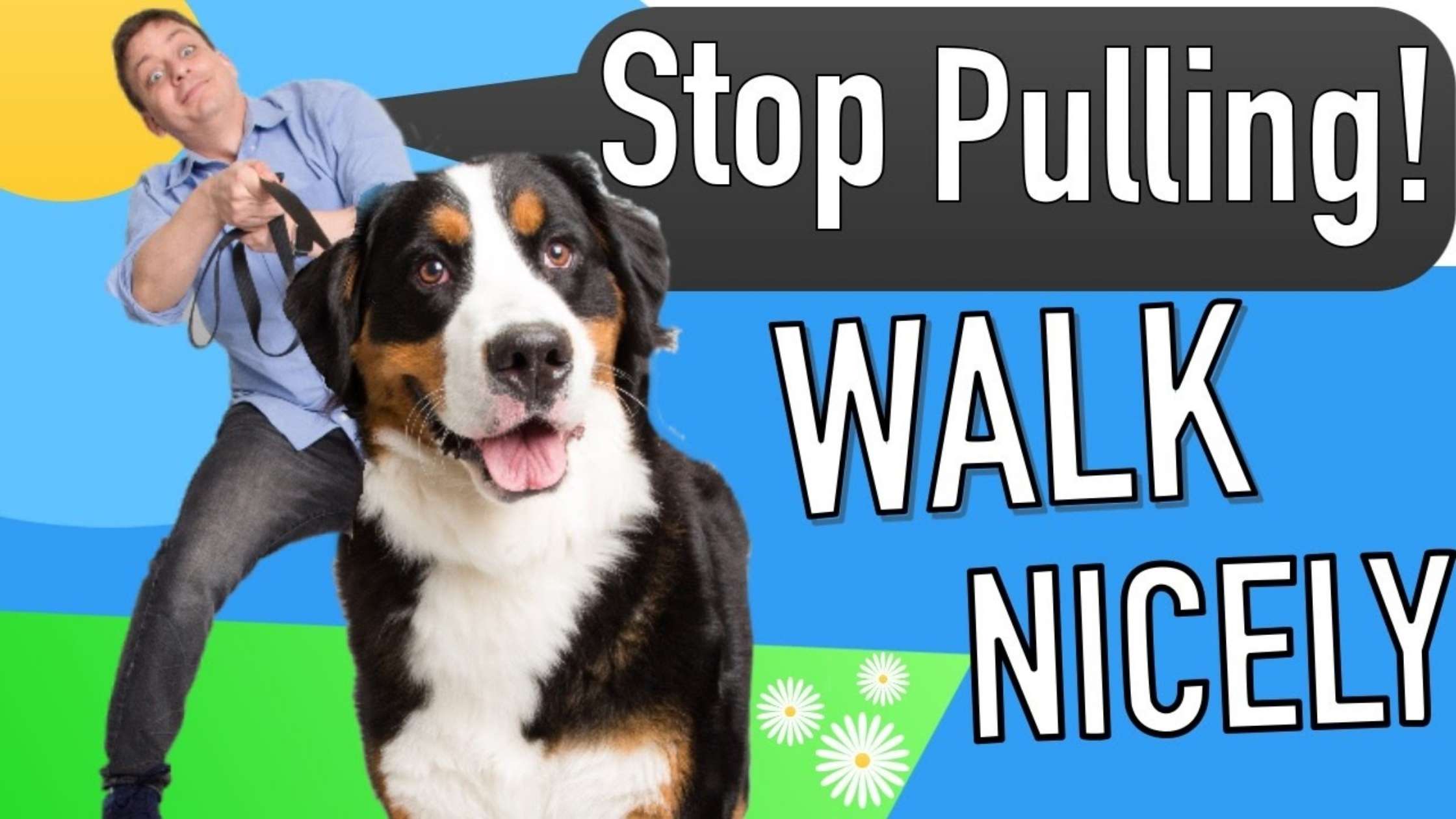A pet is just like your family member, so you want to do whatever makes them happy and safe. Unfortunately, the dog is not innately adaptable to the leash but can be taught through puppy leash training sessions. It’s a valuable skill to training a dog to walk on a lead nicely and one that you’ll value every time you take it for a walk. Our certified professional dog trainer columnist offers these tips:
First, let’s go through this simple and easy-to-follow Dog Walking Training.
Training a Puppy to walk on a Lead
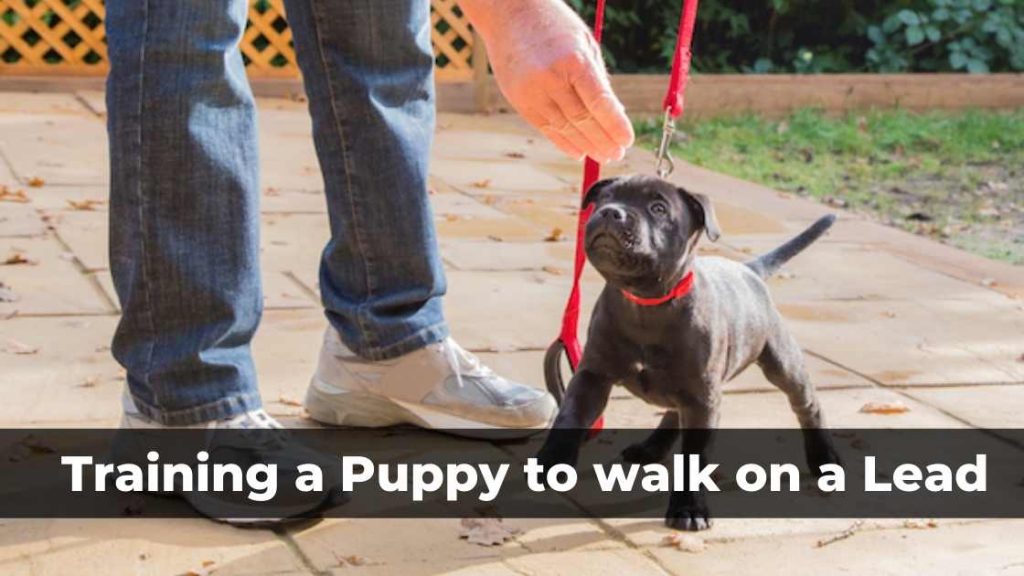
Before going out with your young dog for a stroll, make sure you have a dog harness or an adjustable collar and leash. I prefer the straps because it provides more control over the puppy pulling on lead than a prong collar around its neck.
It looks much safer, but generally, it all depends on your personal preference whether you feel more secure about using one than another type of Walking Equipment.
When choosing a harness and collar for your dog, you should pay attention to it because it should be neither too tight nor too loose. Ensure you follow the instructions on how to snap the buckle if you have a harness but do not forget about sizing up the puppy neck and chest area when choosing an adjustable collar.
Introducing the Puppy Harness and Leash
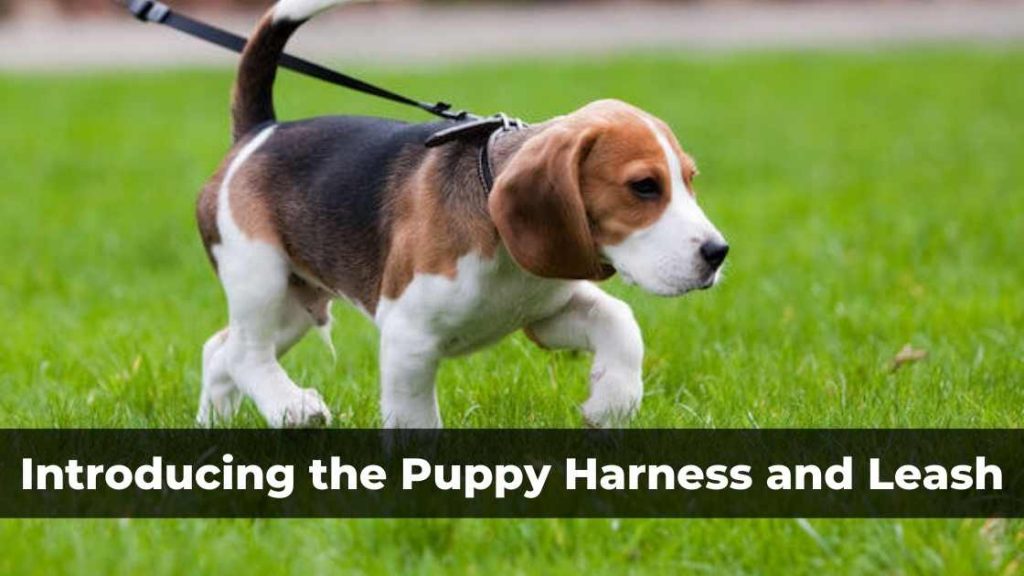
Now it is essential that your puppy doesn’t bark or get excited or enjoy walking at all during his first trip outside with its new equipment, as any unusual movement may result in making him feel frightened, stressed out, or even panic.
As such, I suggest before taking your dog outside for the first time, make sure he gets accustomed to wearing a harness or an adjustable collar at home before actually wearing it outside.
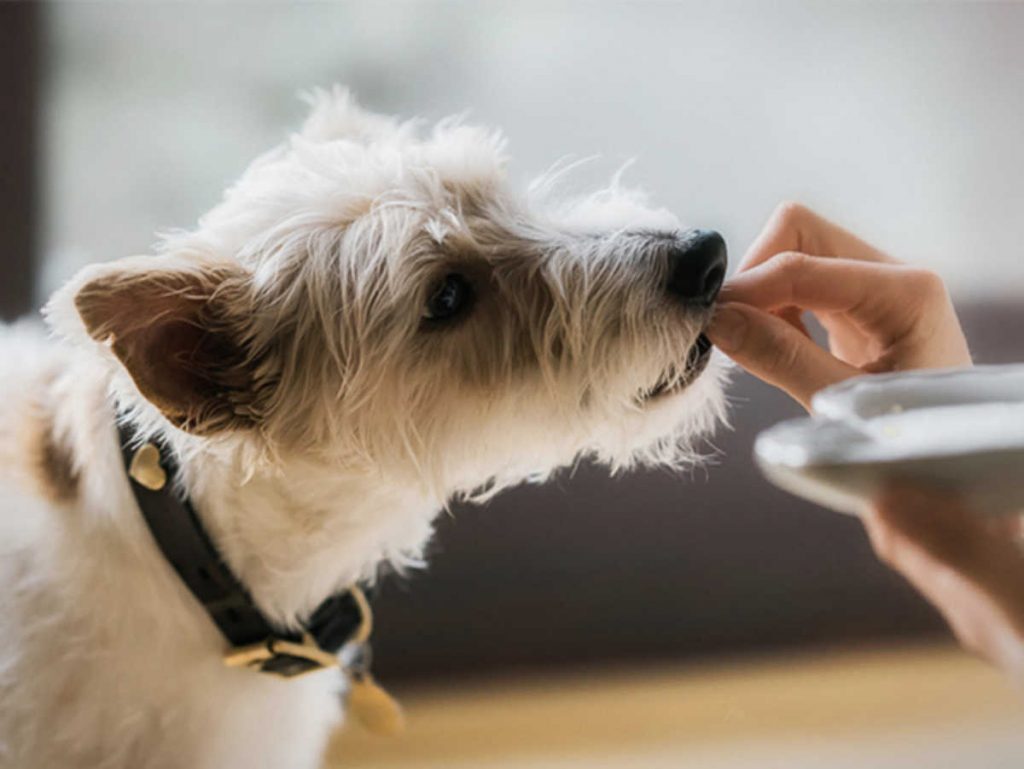
If your puppy is very nervous about wearing the right equipment, you can first distract him by offering it with his favorite food, ensuring he eats everything before moving on to the next step. In other words, you want to make sure that your little furry friend is distracted enough not to feel worried about puppy training and does not try to avoid putting on his equipment, as this will indeed happen if he feels anxious.
Let’s imagine now your puppy already tolerates wearing the harness or the adjustable collar at home without any problems; then you are ready for taking him outside for practice walking, but we need to remember one more time that even though our pet may wear its equipment without any problems at home when going out for the first time, you mustn’t force your dog to put on its new equipment. The more anxious and nervous he will be, the less likely he will adequately put on his harness or collar.
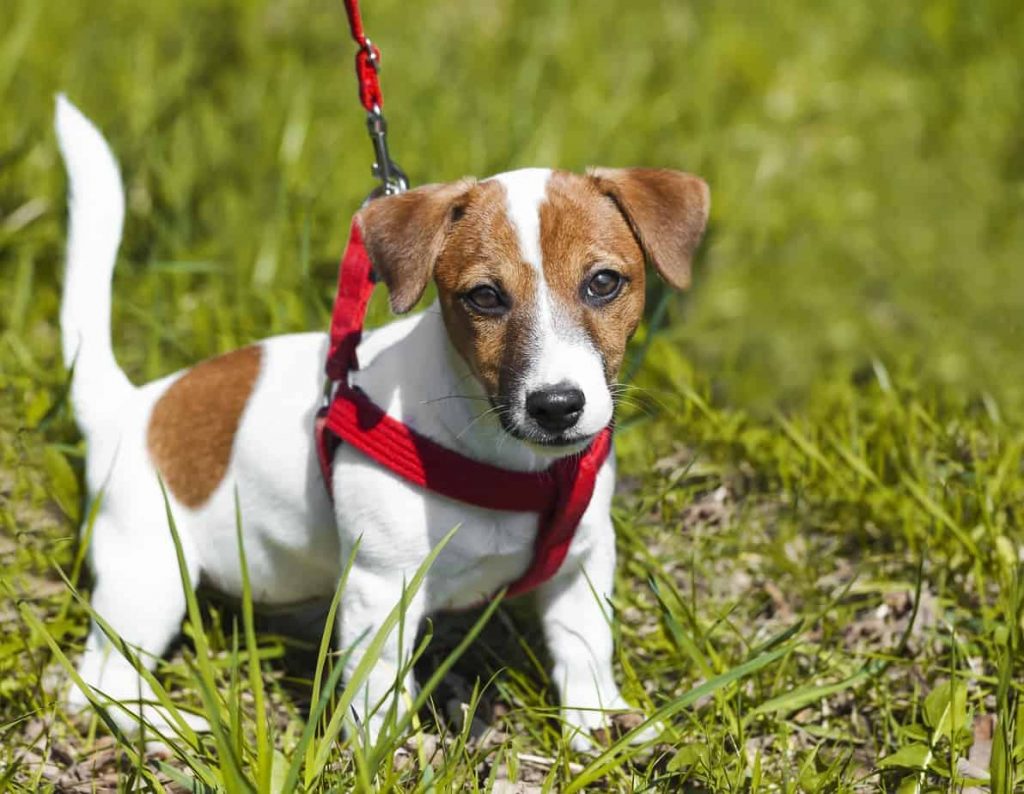
As long as your puppy tolerates wearing a harness or an adjustable collar at home, it is safe to assume that once you take him out of his comfort zone, things will go smoothly.
When can Puppies go on Walks?
Now that we’ve learned all about how to get a puppy to walk on a lead, this is the time for him to get used to starting walking outside with you and meeting new people, so there will be no need in mentioning again how important it is not to scare or interfere with his first experience (walk outside) as he may easily panic and either try to run away or even bite.
When can Puppies go Outside to walk nicely?
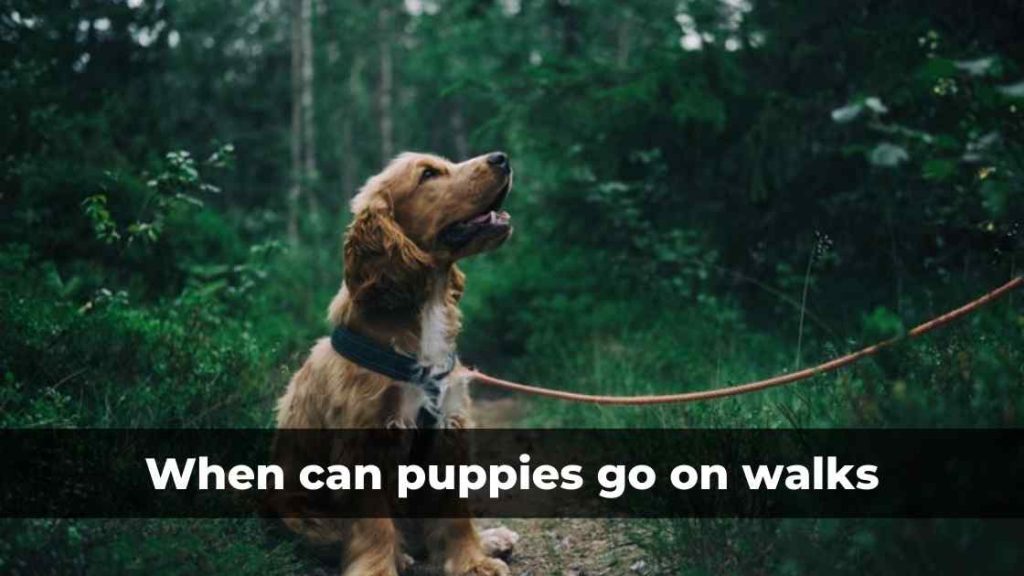
Now that we’ve learned all about how to get a puppy to walk on a lead, this is the time for him to get used to starting walking outside with you and meeting new people, so there will be no need in mentioning again how important it is not to scare or interfere with his first experience (walk outside) as he may easily panic, pulling and either try to run away or even bite.
Reward your Pet for Leash Training
If you are going out for a short stroll, I suggest that before leaving your house, it would be best to put your adjustable collar on right away before taking your pet out with you. Then, as soon as everything has been fixed, let’s go outside where you can reward your dog afterward with some offer treats if he happens to wear its equipment and successfully walk calmly without any problems.
Puppy Lead Training with Patience
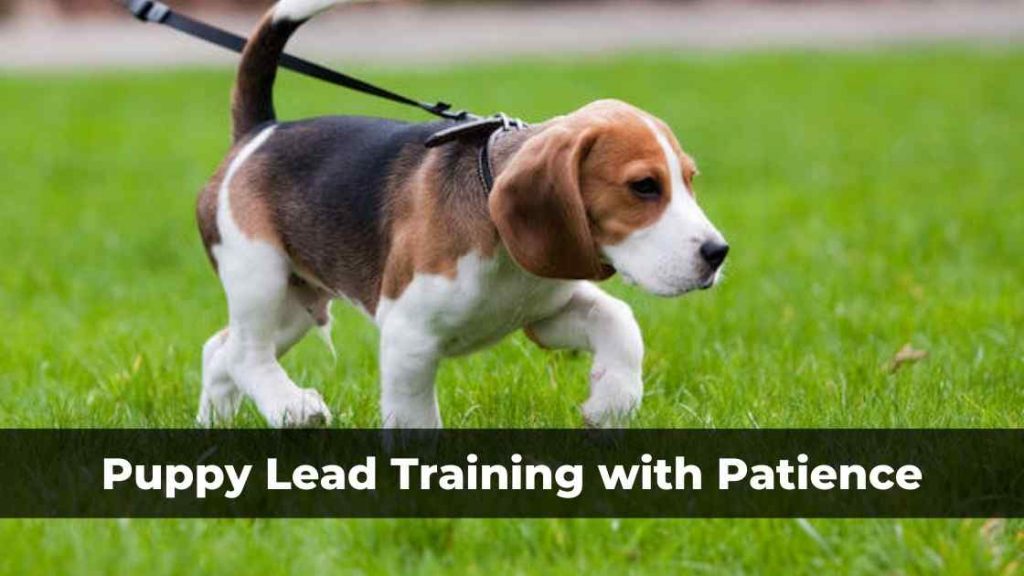
It is always recommended that you are training a puppy to walk on lead with patience, as it will help both of you get used to the situation much better; after all, we all know how stubborn pets can be from time to time or slowly increase, and due to their little furry nature they prefer not to listen or obedience training what people say. In this case, if you are an impatient person, try tasty treats instead of rudeness to teach your dog how to walk on a leash properly.
Daily Puppy Walking on Lead
Once your puppy has already learned how to wear its equipment at home, especially outside where he feels more comfortable, mental stimulation with his surroundings.
Start walking!
You must walk forward him at least once every day, so now we can assume that since it’s been almost a week since you started training your puppy to wear a collar or an adjustable harness outside, he is now accustomed to going out with you.
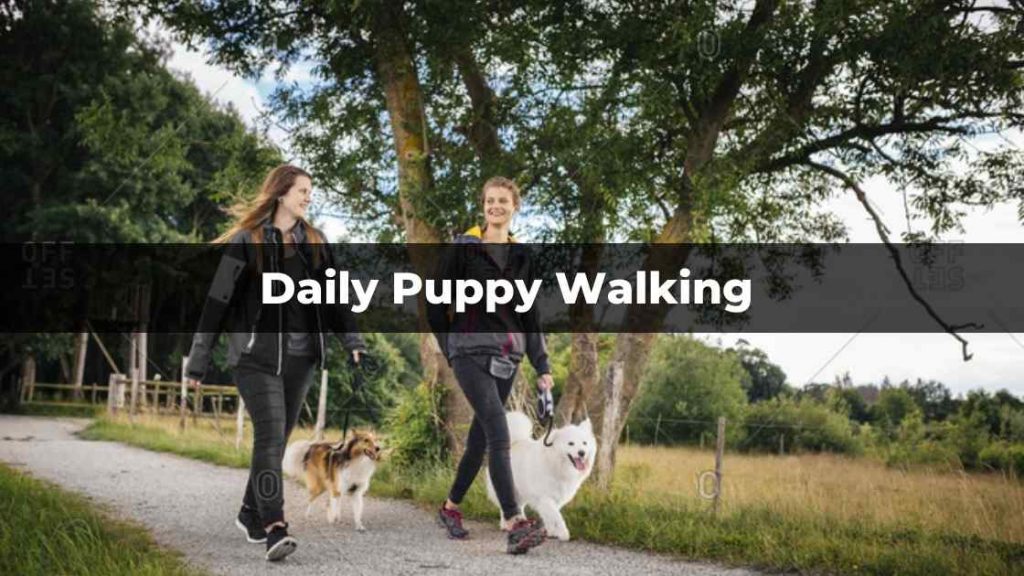
Try to Engage with Other Dogs
If you live in a warm neighborhood and there are plenty of people walking their dogs, including adult dogs, and playing a fun game, this would be the best time for taking your puppy outside as the number of stimuli will help him get used to any difficulty during his first walk on leash by keeping him engaged by an excited tone and distracted, but if not and the dog pulls then take him out for some training so that he learns how to train a puppy to walk on a leash properly.
Rewarding Your Dog on walking properly
When it comes to rewarding your dog when he walks nicely while wearing his loose lead or short leash, I suggest that you reward him right away; however, make sure that before doing so, both you and your pet are close enough to an entrance to your house so he can run inside once you reward him.
What I mean is do not take him to a park or any other place before rewarding him because eventually, this will teach him to expect a treat when meeting new people and consequently may cause various problems in the future. Moreover, it is advised that should you walk your dog regularly, then do so at the beginning of the day as late walks make them more tired thus, tired animals usually don’t behave well.
Puppy Lead Training with young children
If you have young children at home, now would be a good time for leash train how to appropriately interact with small kids while wearing his equipment as let’s face it; you wouldn’t want this precious member of your family being aggressive toward small kids due to your negligence and lack of patience.
I always recommend that if you have young children at home, before taking your puppy out with you for its first walk on a leash outside, it would be best to introduce him to the children either inside or in a small courtyard so he can meet them without any complications beforehand (meaning it is safe for both your puppy and your child).
When meeting the kids, do not pull them to pet him or hug him; simply make sure that they can get familiar with his equipment, and this way, they will be more willing later when they see them again.
How to get a puppy to walk on a lead inside?
If you have recently adopted a new puppy and want to bring it into your home as quickly as possible, then this is the best time to teach it how to wear its equipment inside. What I mean is that since puppies are naturally excited while taking their first few steps in new environments, they tend to get distracted and momentarily forget about wearing harnesses or head collars, which can take some time to get used to.
As I’ve mentioned before you should treat your dog with patience because they do not understand what kind of problems their behavior may cause if left unattended.
Lead Training Puppy Tips – Conclusion
The information that I’ve shared with you today may seem pretty much since all I have done was listing a few steps about dog training information; however, it’s always good to go back and revisit this material at some point in the future (especially if you own more than one dog) Here is a photo of my male German Shepherd adult dog and his two brothers (other dogs) that I took last year while they were just a few months old.
Keep in Mind (Treat them with Patience & Stop Pulling)
While many people often tend to get excited at the sight of young dogs like these, one thing you should always keep in mind is that puppies are indeed kids themselves; therefore, we need to treat them with patience and respect as well as encourage good behavior as much as possible so you can adequately develop dog’s health and mind later on.
That being said, the next time you meet someone’s puppy or even if this happens for the first time, do not forget to take some time off from your day and learn more about how to care for your dog by following these simple Do’s and Don’ts. But, once again, stay focused & don’t rush it too much because if you do so, it will only increase your dog’s stress and inhibit the proper development of habits that can be of great benefit later on.
The information that I’ve shared with you today may seem pretty much since all I have done was listing a few essential points about dog training with light leash; however, it’s always good to go back and revisit this material at some point in the future (especially if you own many dogs)
Thank you & Share it!
After reading this article, please feel free to share it with your friends and family on Facebook. Thank You for reading! 🙂


